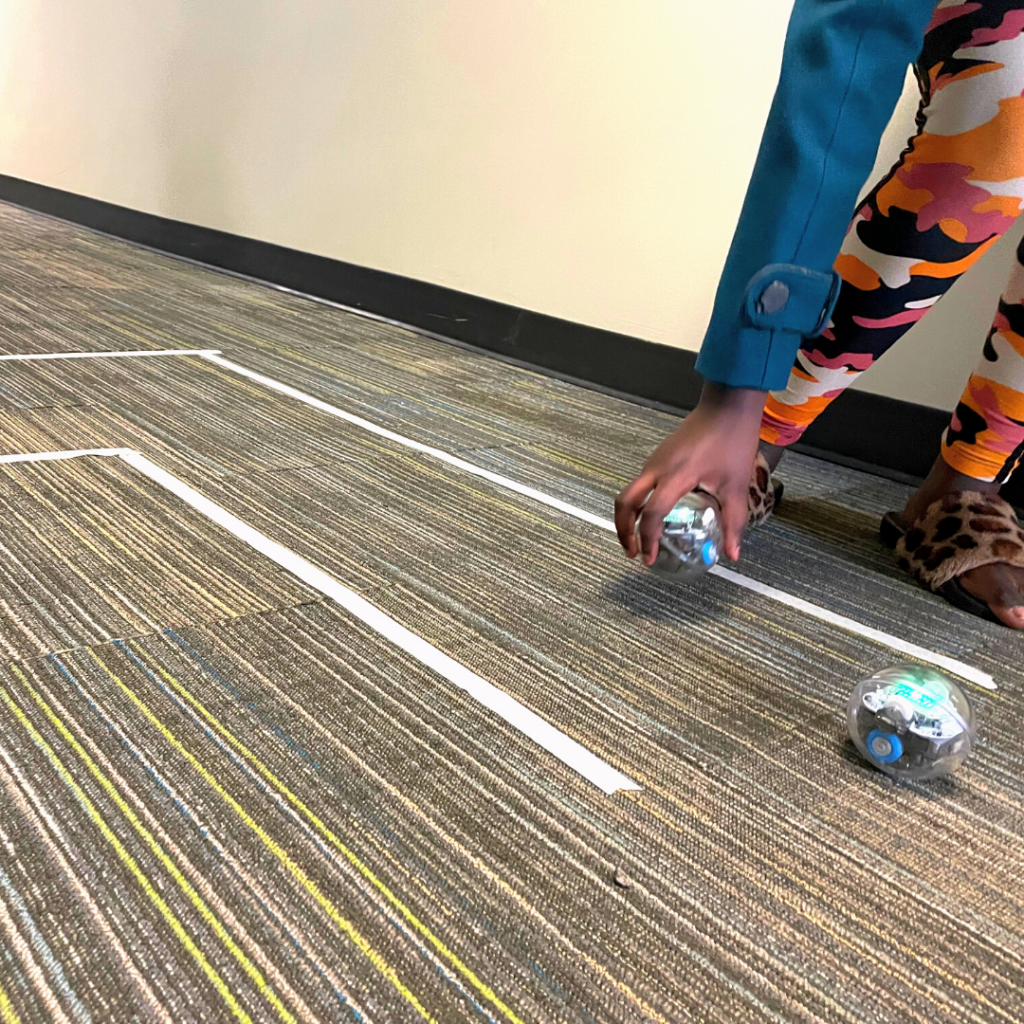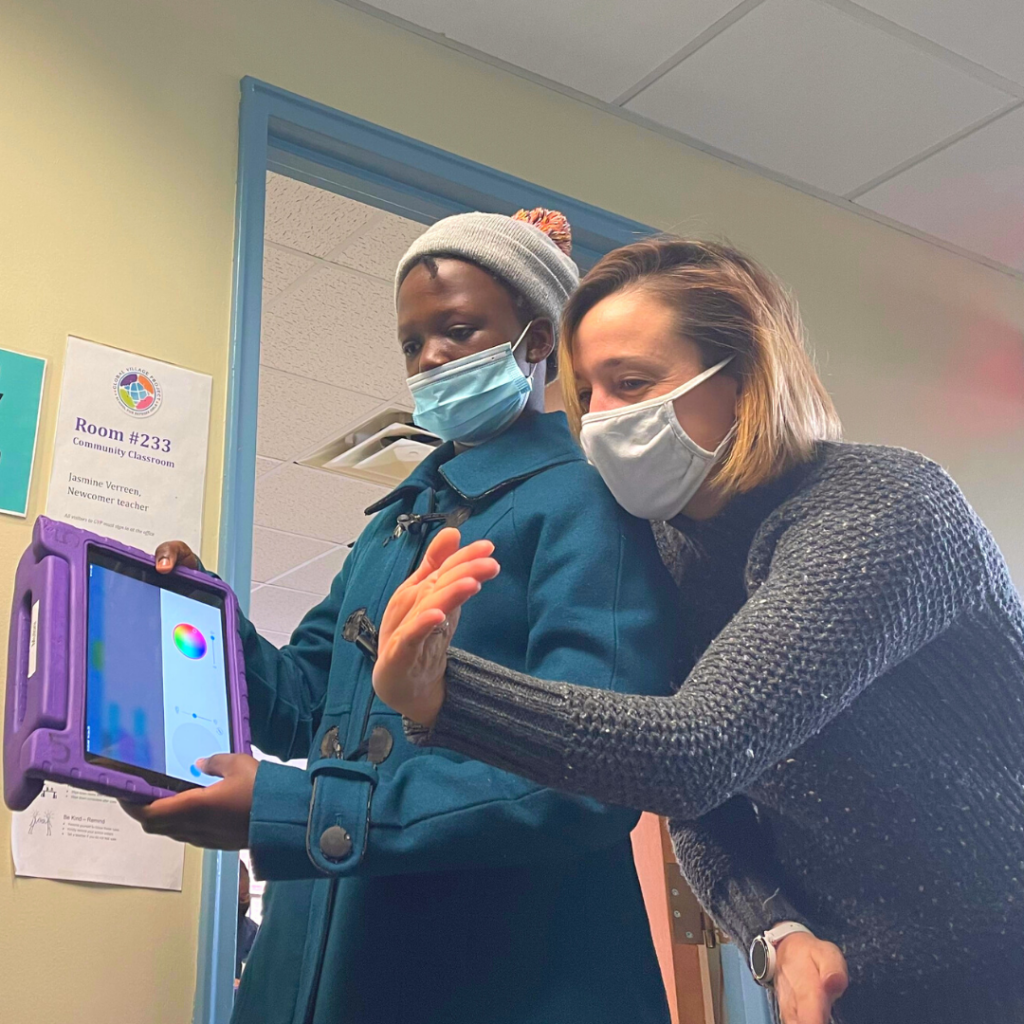by Staff | March 1, 2022
“Codes are about much more than just coding.” For the past eight weeks, students have been participating in the Codes Learning Unit. The goal of this unit is to demonstrate the interdisciplinary nature of codes which can be found across subjects. “The codes unit is very integrated in its nature, and very multi-disciplinary. We love the Codes Unit because it’s math, it’s science, it’s language. It’s everything,” describes STEAM Coordinator Danielle Ereddia.
First and foremost, codes are about messages. It’s about how individual components can come together to form a larger, cohesive message. Each class approaches the concept of codes differently. In Science, students decode messages using cipher wheels and secret cryptograms. In Social Studies, students use map keys as code to learn about the geography of new places. In Form One ESOL classes, students learn to interpret facial expressions, tone of voice, and decode body language.
Within their STEAM classes, students are introduced to codes through Sphero robots. Sphero is a kid-friendly spherical robot ball whose movements can be coded through an app, which Ms. Danielle taught to our Form One (first year) students. She remarks that it was important to be able to scale the activities to the needs of the students. One of the assigned activities was to develop code that allowed the Sphero robot to navigate a maze. When reflecting on this experience, Ms. Danielle said, “I realized that in my excitement for the unit, I created a maze that may have been too complex. Then, I gave students the option to create their own mazes, which allowed them to engage with the activity at their level.”
Within their ELA classes, students learn how to build narratives. Instruction starts with basic story composition, such as having a beginning, middle, and end. It results in a cumulative project where students create personal narratives that are computerized through Scratch programming. Scratch is a platform that allows users to code characters to move, talk, and more, making it perfect for digital storytelling. The appeal of this activity lies within its open-endedness.“It gives students the chance to go with their strengths and find what they want or don’t want to do.” Each student will present their scratch programming at the culminating Authors’ Tea on March 18.
In the codes unit, and throughout all STEAM classes, students are learning to create a plan, execute their plan, learn from what went right or wrong, and then try again. Students are learning key skills like collaboration, communication, critical thinking, and creativity. These are lifelong skills that they will be able to use outside of the classroom and throughout their lives. The content, coding, can be a challenge for some students– the accuracy and precision it takes to execute computer programs requires complex thinking, and as Ms. Danielle says, “What we’re really working on is persistence and not giving up.”
Stay tuned for our Codes Unit Authors’ Tea, when students will demonstrate all they have learned in the codes unit. Authors’ Tea is on Friday, March 18, at 2:00 pm. Please stay tuned for a recording on our social media profiles on Friday, March 25th.



